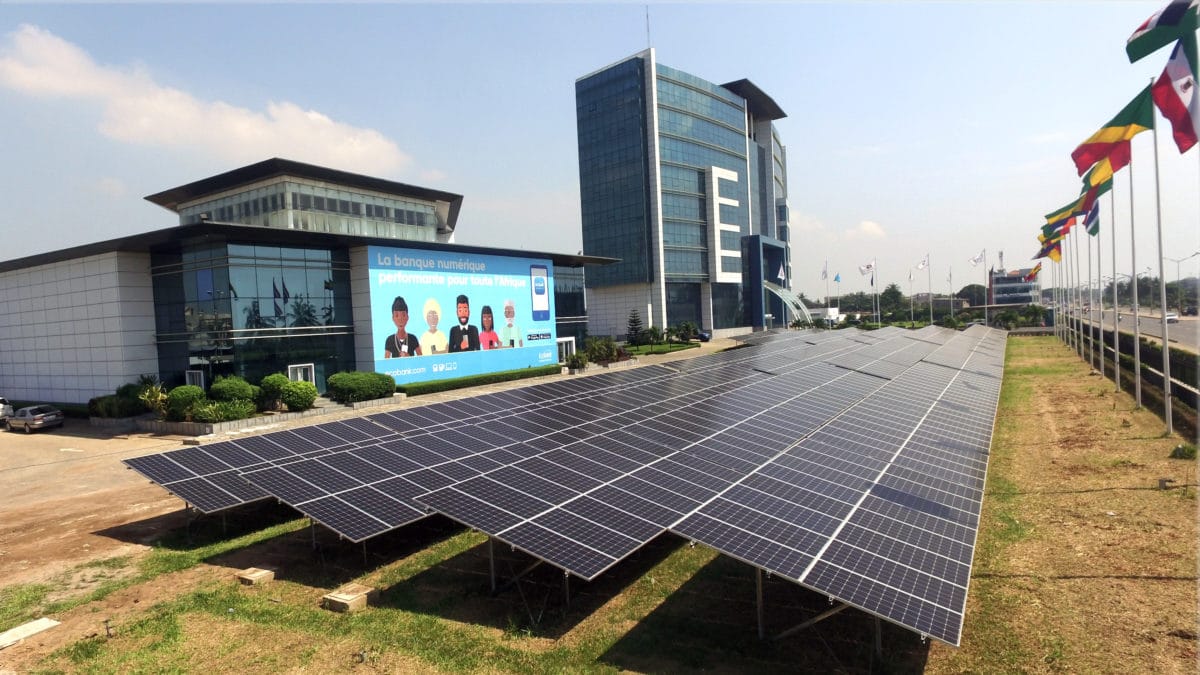For Africa’s commercial and industrial (C&I) solar industry, 2022 has truly been a watershed year. The sector has seen an unprecedented level of activity in the form of mergers and acquisitions and large scale investments.
Oslo-based Empower New Energy raised $100 million for 150 MW of industrial solar projects while Starsight Energy merged with SolarAfrica. In September, Daystar Power (the company that I co-founded with Christian Wessels) was acquired by Shell, its first acquisition of a power business on the continent.
This flurry of activity might make it seem that C&I solar in Africa is an overnight success, but the sector has been slowly gaining traction since the model first emerged in 2015. A confluence of factors this year – historically high diesel prices, aging power grids, mounting pressure to reduce carbon emissions, and the growing adoption of solar by large multinational manufacturers – have come together to lead to the industry’s tipping point. And the exciting part is that African C&I solar has barely scratched the surface.
Slow-burn
Like any new industry, it took time for African C&I solar to gain a hold with businesses. As the model was new, corporate clients had their doubts about solar energy. Chief financial officers were new to signing long-term contracts for on-site installations with zero upfront operating expenditure costs. Facility managers at large factories had concerns about the effectiveness of solar PV or were concerned it would disrupt their existing power set-ups, such as multiple diesel generators, or connection to the grid. However, the cost savings from integrating solar energy into self-generation were undeniable. Today, solar electricity costs roughly $0.10/kWh to $0.11/kWh, which is five times cheaper than electricity generated from a diesel generator ($0.55/kWh to $0.70/kWh) and on par with the national grid ($0.10/kWh to $0.17/kWh).

Image: Daystar Power
In West Africa, especially in Nigeria, businesses effectively run on diesel generators, given the scarcity of grid power. Nigerian businesses regularly cited diesel as their second or third largest expense. Manufacturers point to diesel as representing 40% of operating costs. By replacing diesel generators with solar for daytime power, businesses could save up to 40% on their energy costs. That benefit to the bottom line persuaded many West African businesses to adopt solar. When the first large manufacturers installed solar at their factories, many others in the business community followed suit.
The historical surge in diesel prices – ignited by Covid-related supply chain disruptions and aggravated by Russia’s war in Ukraine – further accelerated the shift to solar. In Nigeria, diesel prices have surged 290%, from NGN 250 ($0.57) per liter to more than NGN 800 per liter, forcing many businesses to reduce operating hours or shut down entirely. Given the new-found trust in the C&I solar model, after years of growing awareness and adoption by large corporations, Nigerian businesses rushed to adopt solar to reduce their dependence on costly diesel generators. This year, Daystar Power received three times more inbound sales requests, just like other solar developers in the country.
Grid shortfalls
Across sub-Saharan Africa, national grids, lacking investment, are struggling to provide reliable power to businesses. At the time of writing, the last time Nigeria’s power grid suffered widespread blackouts was on Sept. 26 and it is likely that it has happened again by the time you read this article. With 12.5 GW of installed electricity generation capacity, only a quarter of that amount of power is actually produced. The country’s grid cannot satisfy the rapidly growing power needs of people and businesses.
Businesses with cold-chain operations, such as pharmaceutical companies and fisheries – as well as heavy industry manufacturers – cannot afford a minute of downtime. Back-up diesel generators are not just nice to have, they are an absolute – and expensive – necessity.
The situation is similar across the region. Yet, given the lack of investment to upgrade aging infrastructure, utilities are forced to raise grid prices.
Trickle-down solar
Multinational corporations, both those already operating in sub-Saharan Africa and those getting ready to expand, have rather strict guidelines when it comes to sustainable development goals. Clean energy might have been a novelty a decade ago but today it is ingrained in the business strategy of some of the biggest companies in the world.
“Should we install solar panels?” is no longer the question. Now, companies are instead asking: “How can we capitalize on solar at scale?” And as procurement departments of these multinationals seek out providers to solarize their operations across the continent, developers with a solid track record will have many big-ticket opportunities in the immediate future.
What’s next?
The African C&I solar sector has a bright future ahead, with Nigeria’s industry alone worth at least $15 billion per year. Increasing adoption rates and changing market conditions have created an environment ripe for newcomers who might have overlooked the continent previously. The advent of novel – at least for this continent – business models, such as carbon credit trading, will only deepen the market. It’s a very exciting time to be in this space.
Jasper Graf von Hardenberg is a co-founder and group chief executive of West African C&I solar installer Daystar Power, which was acquired by Shell in September.
The views and opinions expressed in this article are the author’s own, and do not necessarily reflect those held by pv magazine.
This content is protected by copyright and may not be reused. If you want to cooperate with us and would like to reuse some of our content, please contact: editors@pv-magazine.com.



Tipping point indeed.As it has been said this is just the beginning of the race to netzero.
The tragedy is all inputs in the PV projects in Africa are all imported and not leading to maximising the poverty reduction opportunities for Africans beyond installation labour.
We have possibilities to collaborate with you or any other interested parties to make this sector investment friendly by making the value chain beneficial to African economic development objectives. Please consider this offer very seriously for mutual and collective good. Thank you.